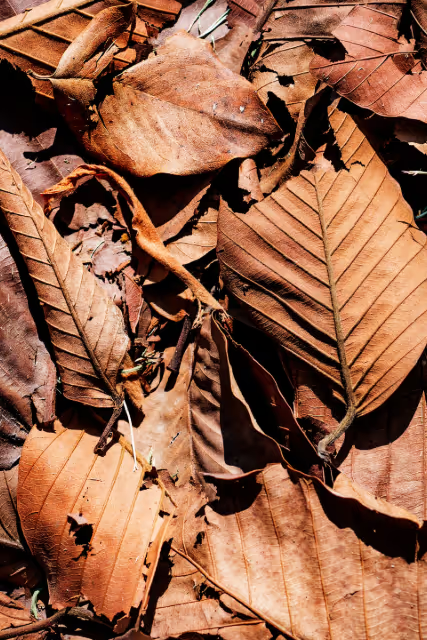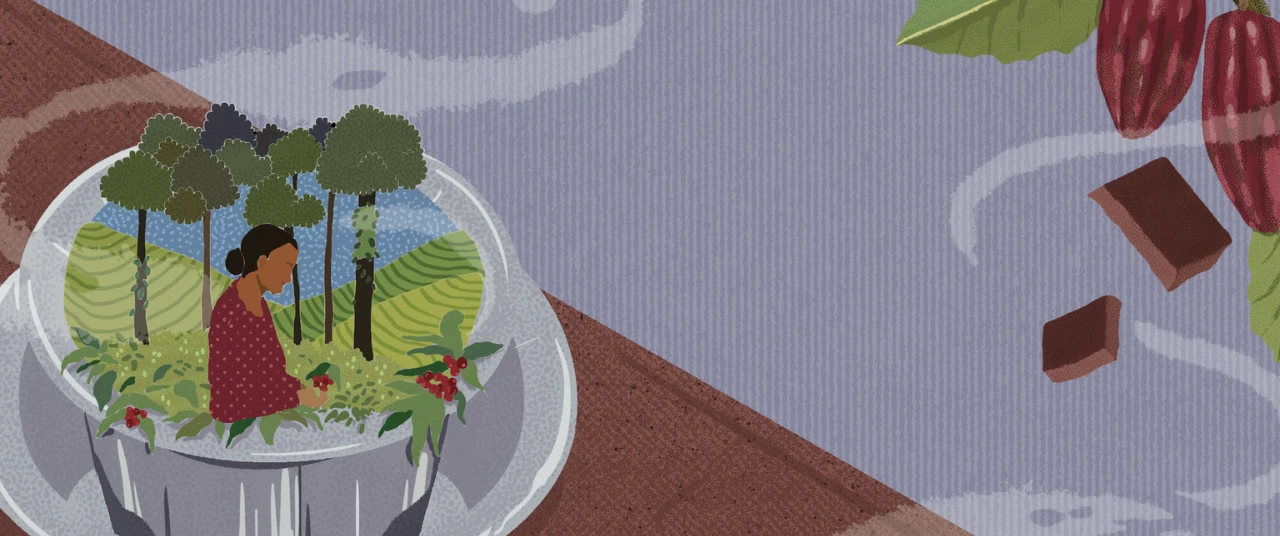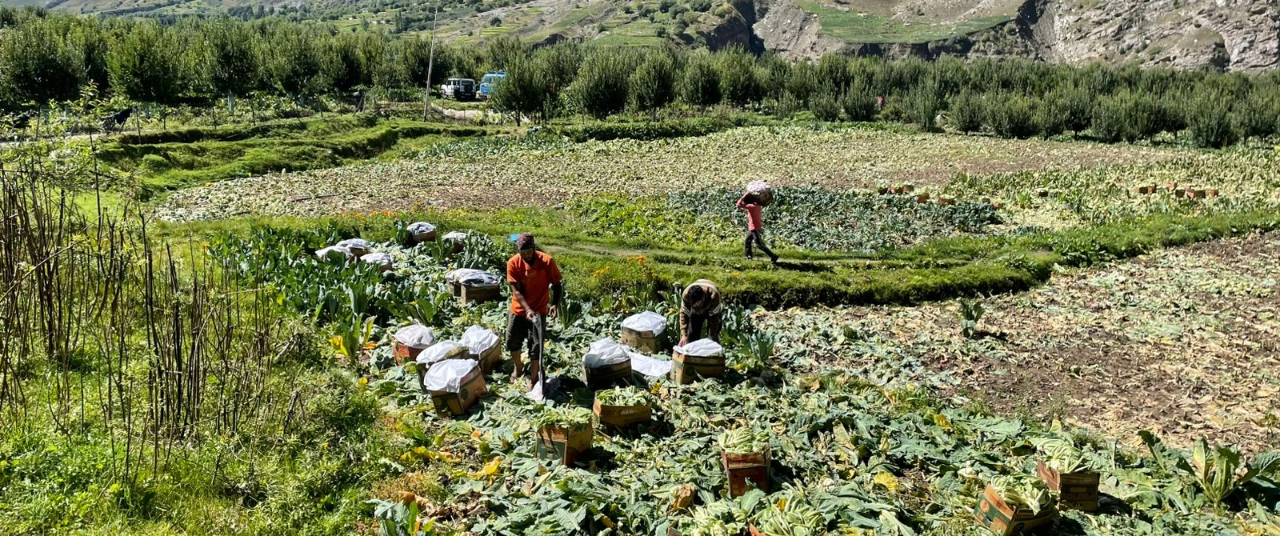Composting is chemistry, not guesswork. Learning what not to include can keep your compost pile fresh and balanced






Editor’s Note: In this series, the Good Food Movement explores composting—a climate-friendly, organic way to deal with waste. We answer questions about what you can compost, how to build composting bins and how this process can reshape our relationship with nature and our urban ecosystem.
Composting is one of the simplest and most impactful ways to cut down on household waste while giving back to the Earth. But contrary to popular belief, not all kitchen scraps belong in your composting bin. Understanding what goes in and what stays out is key to creating a healthy, smell-free compost system that works for your home and garden.
Greens vs browns
At the heart of composting is a balance between two kinds of waste: greens and browns. These categories signify not colour, but nutrient profile. Greens are nitrogen-rich materials like fruit and vegetable peels, coffee grounds and tea leaves. These are soft, moist, and decompose quickly—they feed the microbes that power your compost pile. Browns, on the other hand, are dry, carbon-rich materials that provide energy to those microbes and give structure to your pile. Think dry leaves, shredded newspaper pages, cardboard, coconut husk or even straw and hay.
The ideal carbon-to-nitrogen ratio is about 30:1, but it’s difficult to know the exact amount of nitrogen and carbon each ingredient constitutes to achieve this perfect balance. So, a good rule of thumb is to mix about 3-4 parts browns for every one part of greens. For example, if you add a bowl of fruit peels and coffee grounds, balance it with a few handfuls of dry leaves or torn cardboard. A pile that smells fresh and earthy is well-balanced. If your compost starts to stink, you’re probably adding too much green matter to your compost before it has a chance to break down and decompose. Adding more browns can fix this by restoring the balance in your bin.
Also read: Why composting is good for your garden -- and the planet
There are, however, several things that should not go into a home compost bin. Avoid meat, bones, fish, dairy products, or any cooked food with oil, salt, or masalas. These items rot slowly, produce strong odours, and attract rodents or flies. Meat also runs the risk of passing along to the compost any pathogens it is infected with. Steer clear of pet waste for similar reasons—transferred pathogens could spread to the soil you add it to. Oily foods, on the other hand, coat other materials and block air circulation, risking turning your compost into a site of anaerobic decomposition. Avoid glossy paper, and paper cups, spoons, and plates—these often have a layer of plastic coating that make them non-biodegradable. You can, however, add eggshells to your compost! Make sure to properly dry them out and crush them beforehand.
To speed up the composting process, chop large items like watermelon rinds into smaller pieces. Tear cardboard and paper to improve airflow. Remember to aerate; keep stirring your compost pile weekly to let oxygen in. Once done, cover it up again. In a few months, you’ll have black gold: healthy, homemade compost.
Also read: Don't dump it, compost it: Why peels and scraps shouldn't be tossed into your garden
Composting is circular living. It’s a small act of care that reconnects us to the planet and helps us give back to it. And it starts in your kitchen, with knowing what to put in your composting bin.
{{quiz}}
Explore other topics
References

.avif)




.avif)
.png)



